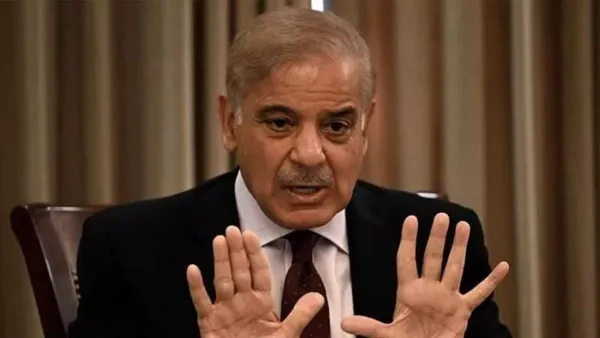New Delhi: Telcos in India are burdened by significant spectrum costs, one of the highest globally, which may impact the country's digital goals in coming years, London-based GSMA said in a recent report, adding that governments must prioritise long-term growth of the digital ecosystem.
High reserve prices, it said, have traditionally hindered spectrum sales in India, leading to unsold airwaves and contributing to spectrum scarcity. In other instances, hefty airwave base prices have also resulted in higher final prices paid by telcos in auctions.
"Governments and regulators must prioritise spectrum pricing that reflects market realities and fosters long-term digital growth. By ensuring spectrum is affordable, they can unlock faster network expansion, better service quality, and greater digital inclusion for all of their citizens," said Vivek Badrinath, director-general of GSMA.
GSMA, which represents the global telecommunications industry with over 1,100 companies from the telecom ecosystem worldwide, said that even the lower unit prices in recent spectrum sales were "not sufficient to reverse the trend in spectrum cost build-up".
Further, the acquisition of new bands to support 5G and 4G networks, it said, has increased the spectrum cost burden between 2015 and 2023. It stands at "26% of operator recurring revenues and is among the highest in the world," the global telco association said in its findings. According to GSMA, while recent rationalisation in spectrum pricing has been a catalyst and led to accelerated 5G rollouts, the burden of spectrum cost will continue to impact India's progress towards its digital goals.
Globally, cumulative spectrum costs too account for 7% of operator revenues, a 63% increase over the past 10 years, the global telecom lobby body said. This, it said, has exacerbated the telecom industry's financial woes as the average revenue generated per MHz of spectrum has declined by 60% over the same period.
High reserve prices, it said, have traditionally hindered spectrum sales in India, leading to unsold airwaves and contributing to spectrum scarcity. In other instances, hefty airwave base prices have also resulted in higher final prices paid by telcos in auctions.
"Governments and regulators must prioritise spectrum pricing that reflects market realities and fosters long-term digital growth. By ensuring spectrum is affordable, they can unlock faster network expansion, better service quality, and greater digital inclusion for all of their citizens," said Vivek Badrinath, director-general of GSMA.
GSMA, which represents the global telecommunications industry with over 1,100 companies from the telecom ecosystem worldwide, said that even the lower unit prices in recent spectrum sales were "not sufficient to reverse the trend in spectrum cost build-up".
Further, the acquisition of new bands to support 5G and 4G networks, it said, has increased the spectrum cost burden between 2015 and 2023. It stands at "26% of operator recurring revenues and is among the highest in the world," the global telco association said in its findings. According to GSMA, while recent rationalisation in spectrum pricing has been a catalyst and led to accelerated 5G rollouts, the burden of spectrum cost will continue to impact India's progress towards its digital goals.
Globally, cumulative spectrum costs too account for 7% of operator revenues, a 63% increase over the past 10 years, the global telecom lobby body said. This, it said, has exacerbated the telecom industry's financial woes as the average revenue generated per MHz of spectrum has declined by 60% over the same period.








